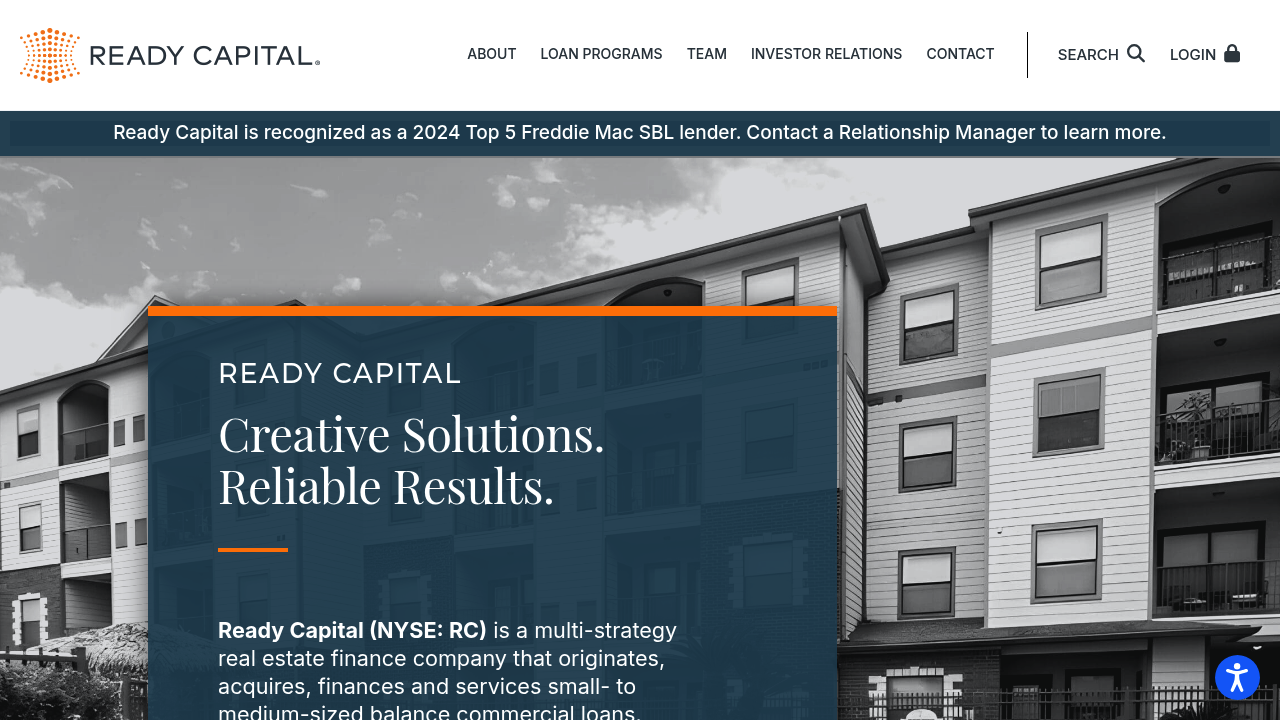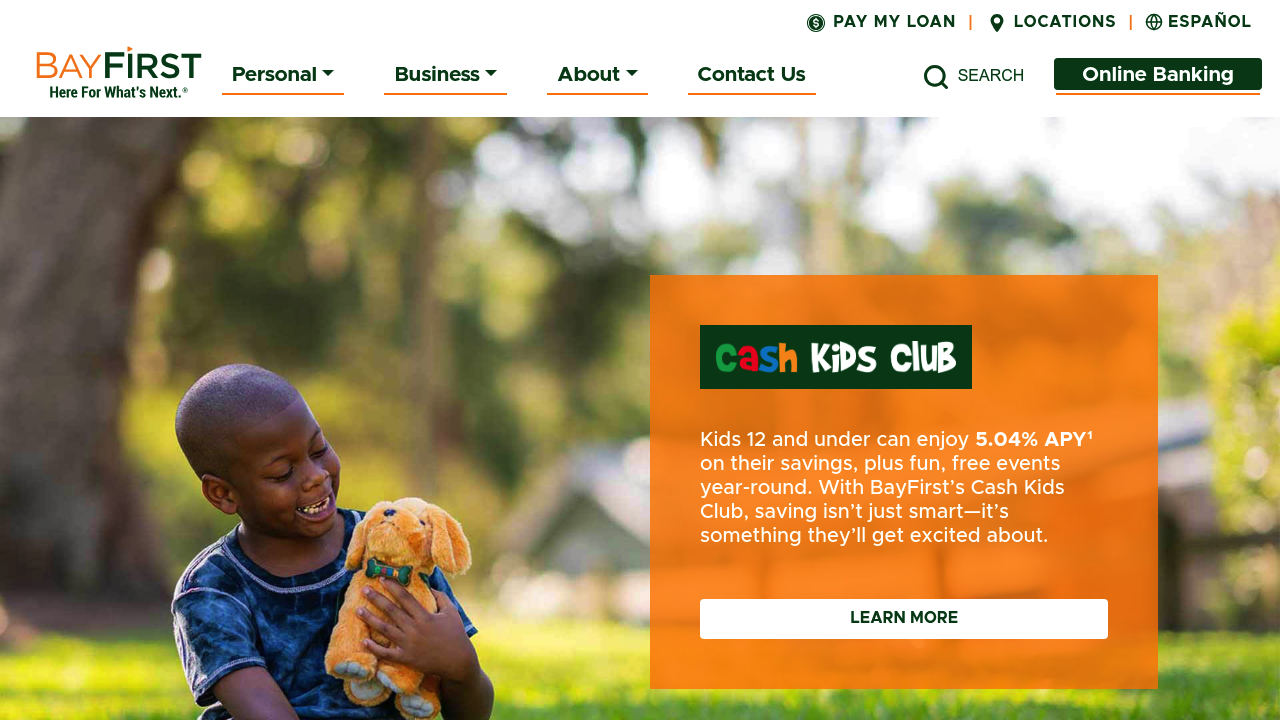Freestanding Ambulatory Surgical and Emergency Centers
621493
SBA Loans for Ambulatory Surgical and Emergency Centers: Financing Growth in Outpatient Healthcare
Introduction
Freestanding ambulatory surgical and emergency centers provide outpatient surgical care, same-day procedures, and urgent medical services without the need for overnight hospital stays. Classified under NAICS 621493 – Freestanding Ambulatory Surgical and Emergency Centers, this industry plays a vital role in reducing healthcare costs while improving patient access to timely care. However, operators face financial challenges such as high equipment costs, compliance expenses, staffing shortages, and competition from hospital-owned facilities.
This is where SBA Loans for Ambulatory Surgical and Emergency Centers provide crucial support. Backed by the U.S. Small Business Administration, SBA loans offer longer repayment terms, lower down payments, and government-backed guarantees. These loans help healthcare providers purchase medical equipment, expand facilities, invest in technology, and stabilize cash flow while maintaining compliance with strict healthcare regulations.
In this article, we’ll explore NAICS 621493, the financial challenges surgical and emergency centers face, how SBA loans provide solutions, and answers to frequently asked questions about financing in this sector.
Industry Overview: NAICS 621493
Freestanding Ambulatory Surgical and Emergency Centers (NAICS 621493) include businesses that provide:
- Outpatient surgical procedures (orthopedic, cosmetic, ophthalmologic, and more)
- Freestanding urgent and emergency care services
- Same-day diagnostic and treatment services
- Post-operative monitoring and follow-up care
- Specialized outpatient care in fields such as gastroenterology, urology, and dermatology
These centers serve patients seeking affordable, convenient, and specialized healthcare alternatives to hospitals. Success depends on skilled staff, advanced medical equipment, and efficient operations.
Common Pain Points in Ambulatory Surgical and Emergency Center Financing
From Reddit’s r/medicine, r/healthcare, and Quora discussions, healthcare operators often highlight these challenges:
- High Startup Costs – Surgical suites, diagnostic equipment, and electronic health records (EHR) require major investments.
- Regulatory Compliance – Meeting HIPAA, OSHA, CMS, and state health standards involves ongoing costs.
- Staffing Expenses – Recruiting and retaining qualified surgeons, nurses, and support staff is costly.
- Cash Flow Gaps – Insurance reimbursement delays and uncompensated care strain working capital.
- Competition – Hospital-owned outpatient centers and urgent care clinics compete for patients.
How SBA Loans Help Ambulatory Surgical and Emergency Centers
SBA financing provides affordable, flexible capital to invest in medical technology, hire staff, and expand outpatient services.
SBA 7(a) Loan
- Best for: Working capital, payroll, and refinancing debt.
- Loan size: Up to $5 million.
- Why it helps: Provides liquidity to cover day-to-day operations while waiting on insurance reimbursements.
SBA 504 Loan
- Best for: Facilities and medical equipment.
- Loan size: Up to $5.5 million.
- Why it helps: Ideal for financing surgical suites, diagnostic machines, or new outpatient centers.
SBA Microloans
- Best for: Small or startup outpatient clinics.
- Loan size: Up to $50,000.
- Why it helps: Covers initial licensing, safety equipment, or marketing costs.
SBA Disaster Loans
- Best for: Recovery from natural disasters, pandemics, or public health emergencies.
- Loan size: Up to $2 million.
- Why it helps: Provides emergency capital to restore services, repair facilities, or replace medical equipment.
Step-by-Step Guide to Getting an SBA Loan
- Check Eligibility – Must be a U.S.-based, for-profit healthcare business with good personal credit (typically 650+).
- Prepare Financial Documents – Tax returns, P&L statements, insurance contracts, and compliance certifications.
- Find an SBA-Approved Lender – Some lenders specialize in healthcare and medical practice financing.
- Submit Application – Provide a business plan with patient volume projections, revenue streams, and compliance measures.
- Underwriting & Approval – SBA guarantees reduce lender risk. Approval generally takes 30–90 days.
FAQ: SBA Loans for Ambulatory Surgical and Emergency Centers
Why do banks often deny loans to healthcare centers?
Banks may consider these businesses risky due to high regulatory requirements, reimbursement delays, and high startup costs. SBA guarantees reduce lender risk, improving approval chances.
Can SBA loans cover surgical equipment and facility construction?
Yes. SBA 7(a) and 504 loans can finance surgical equipment, diagnostic machines, and facility build-outs.
What down payment is required?
SBA loans usually require 10–20% down, compared to 25–30% for conventional loans.
Are startup surgical and emergency centers eligible?
Yes. With experienced medical staff, proper licensing, and a strong business plan, startups can qualify for SBA financing.
What repayment terms are available?
- Working capital: Up to 7 years
- Medical equipment/facilities: Up to 10 years
- Real estate/land: Up to 25 years
Can SBA loans help expand into urgent care or specialty outpatient services?
Absolutely. Many centers use SBA financing to add urgent care services, expand surgical specialties, and invest in telehealth platforms.
Final Thoughts
The Freestanding Ambulatory Surgical and Emergency Centers sector provides affordable, convenient, and accessible healthcare but faces significant financial hurdles from compliance, staffing, and capital costs. SBA Loans for Ambulatory Surgical and Emergency Centers provide affordable financing to purchase equipment, expand facilities, and stabilize operations in this essential healthcare industry.
Whether you run an outpatient surgery center, an emergency clinic, or a hybrid facility, SBA financing can provide the resources to grow. Connect with an SBA-approved lender today to explore funding opportunities for your healthcare business.
Filters
Tags
#Preferred Lenders Program
#SBA Express Program
#Existing or more than 2 years old
#Startup
#Loan Funds will Open Business
#Change of Ownership
#New Business or 2 years or less
#7a General
#Variable Rates
#Fixed Rates
#Asset Base Working Capital Line (CAPLine)
#International Trade Loans
#Export Express
#7a with WCP
#Contract Loan Line of Credit (CAPLine)
#7a with EWCP
#Preferred Lenders with WCP
#Preferred Lenders with EWCP
#Seasonal Line of Credit (CAPLine)
#Builders Line of Credit (CAPLine)








